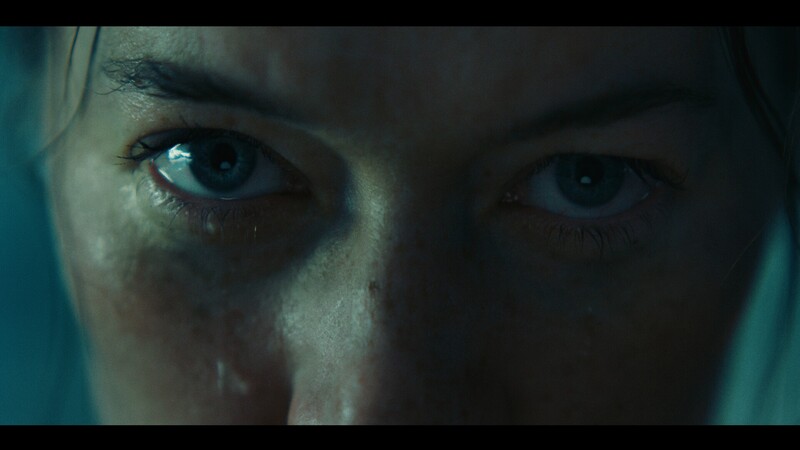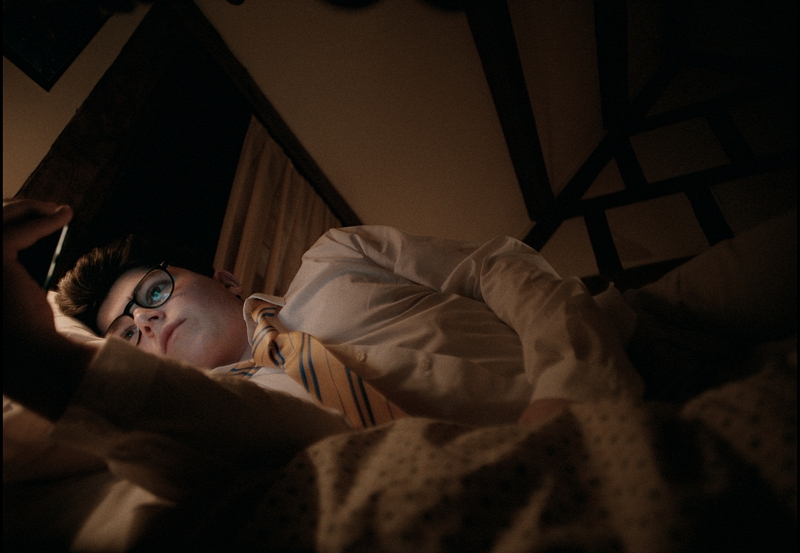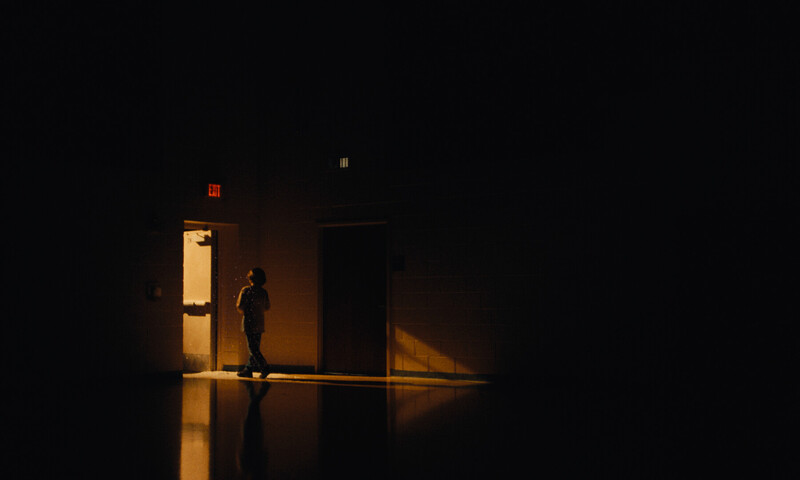
The Final Shift Turns Fatal
MOVIE REVIEW
Plastic Surgery
–
Genre: Drama
Year Released: 2025
Runtime: 15m
Director(s): Guy Trevellyan
Writer(s): Guy Trevellyan
Cast: Anna Popplewell, Daniel Ings, Michael Kennedy, David Buttle, Ella Augustin, India Bah-Nelson
Where to Watch: shown at the 2025 Annual HollyShorts Film Festival
RAVING REVIEW: PLASTIC SURGERY opens with the clinical stillness of a hospital, a space where routine and chaos constantly exchange places. This is the final shift for Dr. Terra, a physician preparing to step away on maternity leave, but her farewell to work quickly turns into something stranger. The emergency isn’t the kind with flashing alarms—it’s an invisible threat already embedded in her patients’ bodies, and perhaps in her own. Writer/Director Guy Trevellyan builds his short film on a foundation of real-world research into microplastics, crafting a story that resonates globally.
Anna Popplewell carries the piece with a performance that blends calm focus with the rising awareness that she may be powerless against what she’s discovering. She plays Terra as someone who has spent years diagnosing the fixable and managing the inevitable, only to collide with a crisis that refuses to fit in either column. Her delivery and quiet reactions give the audience room to absorb the gravity of what’s unfolding. Even when the script edges toward metaphor—Terra as a stand-in for a planet trying to heal while under constant assault—Popplewell keeps it human and immediate.
The short’s framing—a single, contained shift—proves smart for both pacing and cohesion. Hospitals are inherently places where the private becomes public, and Trevellyan uses that to mirror the way environmental collapse crosses boundaries without permission. The set design leans into stark whites and muted lighting, evoking a sterile safety that is slowly undermined by what we learn. You can feel the edges of the frame tightening as the story progresses, hinting at both a diagnosis and a prognosis that’s far from optimistic.
Trevellyan’s direction favors precision over flash. The camera often lingers just long enough to make you uncomfortable, particularly when it rests on ordinary medical objects—gloves, instruments, monitors—that take on new implications once the nature of the threat is clear. The sound design maintains a constant hum, blending in mechanical beeps and murmurs that underscore the idea of an environment quietly breaking down from within. Rather than relying on jump scares or dramatic score swells, the short lets dread seep in through implication.
One of the film’s strongest moves is how it keeps the scientific basis just out of reach. We’re told enough to understand that microplastics have been found in human arteries and organs—a fact grounded in research—but we’re not given a tidy TED Talk explanation. This choice respects the audience’s intelligence and also maintains the tension. In reality, the scale of plastic’s infiltration into our bodies is still being studied, and the script mirrors that uncertainty. By tying Terra’s moral dilemma to this knowledge, the short keeps its stakes grounded rather than speculative.
There’s a subtle duality at work in the narrative. On one hand, Terra is caring for others; on the other, she’s preparing to care for her child. That split focus sharpens the metaphor without making it heavy-handed: you can’t fully protect what’s coming next if you ignore the contamination already here. This thread could have tipped into sentimentality, but Trevellyan and Popplewell treat it with restraint. The result is a closing stretch that feels earned, not engineered for emotional manipulation.
If the short has a weakness, it’s that its compact runtime occasionally forces a rush past potentially rich character exploration. Terra’s colleagues, for example, are sketched more as functions than people, and a brief scene showing their reactions to the unfolding threat could have deepened the sense of systemic issues at hand. Likewise, an extra minute or two of Terra alone—thinking, hesitating, or even avoiding a decision—might have given the audience a stronger sense of the personal cost behind her final actions.
PLASTIC SURGERY works precisely because it refuses to overstay its welcome. It lands its point, leaves a space for the viewer to wrestle with the implications, and trusts the unease to linger. As an environmental thriller, it benefits from not showing the “monster” in the traditional sense; the danger is already inside, and the horror is in recognizing how little control we may have left.
Every shot feels intentional, every line of dialogue pared down to necessity. But this isn’t a showcase of style for its own sake—it’s a controlled delivery for an urgent idea. In that way, PLASTIC SURGERY becomes more than just a cautionary tale. It’s a diagnosis in narrative form, one that reminds us the crisis isn’t waiting outside; it’s already circulating in the bloodstream.
Please visit https://linktr.ee/overlyhonestr for more reviews.
You can follow me on Letterboxd, Instagram, Twitter, and YouTube. My social media accounts can also be found on most platforms by searching for 'Overly Honest Reviews'.
I’m always happy to hear from my readers; please don't hesitate to say hello or send me any questions about movies.
[photo courtesy of CANDLELIGHT FILMS]
DISCLAIMER:
At Overly Honest Movie Reviews, we value honesty and transparency. Occasionally, we receive complimentary items for review, including DVDs, Blu-rays, CDs, Vinyl Records, Books, and more. We assure you that these arrangements do not influence our reviews, as we are committed to providing unbiased and sincere evaluations. We aim to help you make informed entertainment choices regardless of our relationship with distributors or producers.
Amazon Affiliate Links:
Additionally, this site contains Amazon affiliate links. If you purchase through these links, we may receive a commission. This affiliate arrangement does not affect our commitment to honest reviews and helps support our site. We appreciate your trust and support in navigating these links.



Average Rating